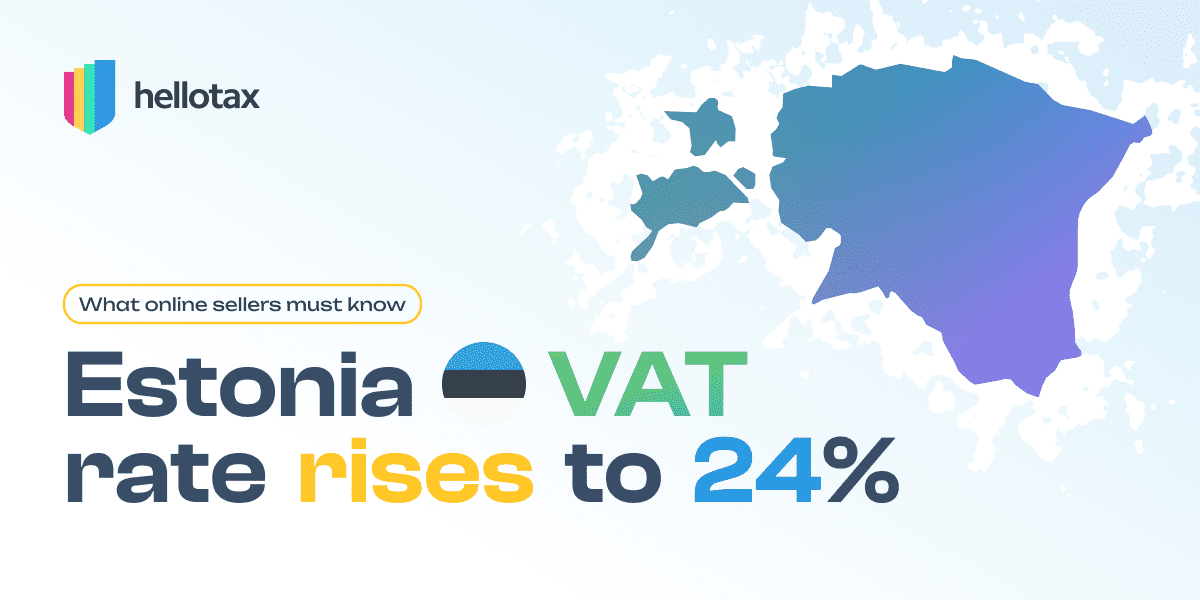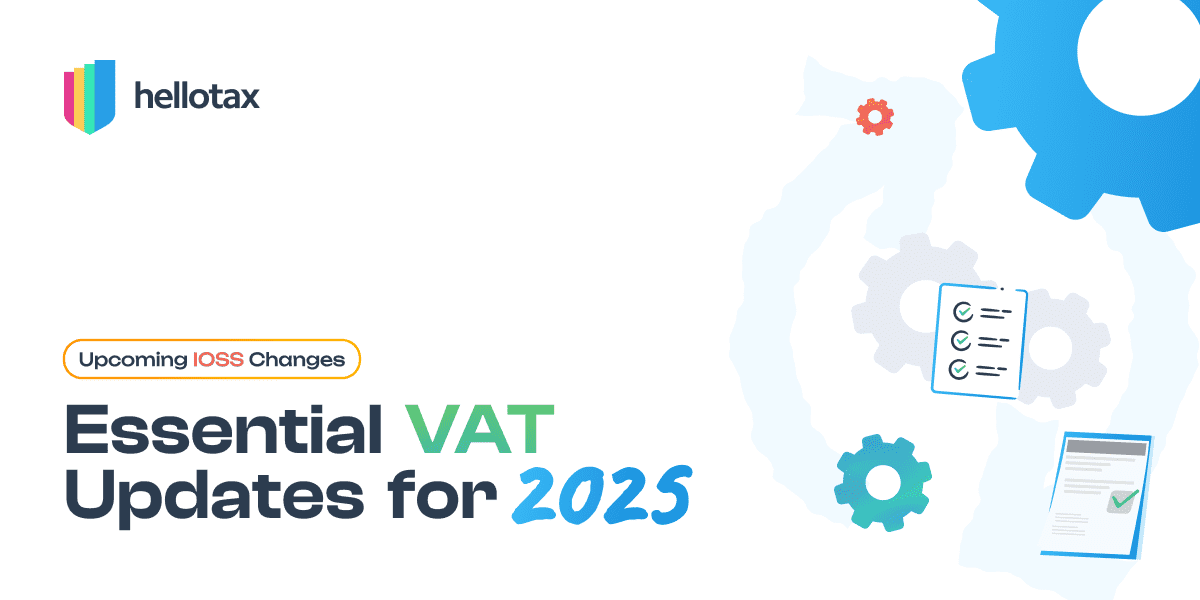Please check our latest article on dropshipping.
Antonia Klatt
Last Updated on 27 December 2023Dropshipping can be a great opportunity, especially for small entrepreneurs who want to set up their own business in e-commerce – because a small amount of seed capital is enough to get started. In this article, you will find out what costs arise with dropshipping, how much dropshipping with your own online shop costs you compared to eBay or Amazon, and how to calculate your prices correctly.

Contents:
- How much seed capital do I need to get started with dropshipping?
- What are the costs of dropshipping?
- How much does dropshipping with your own online shop cost?
- What is the Amazon or eBay dropshipping cost?
- Calculate dropshipping costs: How to calculate your prices correctly
- Conclusion: How Much Can You Earn With Dropshipping?
How much seed capital do I need to get started with dropshipping?
Dropshipping is a good and almost risk-free way to get started in e-commerce. As a retailer, you can offer products with dropshipping without having to bear the risk of high investment costs yourself – because you only purchase the products when you have sold them to an end customer via your online shop. The goods remain with your dropshipping provider until they are sold. The provider not only takes care of the storage but also the packaging and shipping of the goods after the sale.
Since you outsource the entire fulfillment to your supplier, you can save considerable costs with dropshipping, which you would have to bear yourself as a conventional online retailer with your own warehouse and shipping. Since you only buy the items on offer from your supplier after they have been sold to your end customer, you also avoid the high costs of purchasing your goods in large quantities.
In conclusion: you can start dropshipping with much lower investments than a classic online shop. But how much start-up capital should you actually plan on saving?
In theory, you don’t need any seed capital to get started with dropshipping. If you get the right combination of free e-commerce software trials and starter packs, take some risk in choosing your suppliers, and accept uncertainty about the quality of the products you offer, you can actually start your dropshipping business with 0 euros.
Of course, this is not recommended – after all, you want to build up a sustainable and permanently successful business. At the latest when the free test versions of your shop system expire, you will have to invest money.
So you better do it right now. But you should be aware of the costs involved in dropshipping beforehand. This is the only way you can calculate how much seed capital is sufficient for you. The required start-up capital depends on several factors and cannot simply be quantified in general terms.

Book a free consultation
Our VAT experts are happy to help you. Book a free consultation today!
What are the costs of dropshipping?
Dropshipping can incur different costs, which differ depending on the provider and distribution channel. You can count on the following cost items:
- Purchase price of products
- Shipping & Freight Charges
- Handling fees & small quantity surcharges
- Costs for returns
- Cost of test orders
- Shop fees
Purchase price of products
After your end customer has placed an order, you will pay more for the purchase of your goods from the supplier than a conventional seller. The purchase price of your goods is higher because you only buy one item at a time, while classic sellers buy larger lots. They will therefore get certain discounts. On the other hand, you save costs for storage, packaging, and shipping – because this fulfillment is ultimately taken care of by your supplier with dropshipping.
Shipping & Freight Charges
The shipping and freight costs are determined by the respective dropshipping service provider. When choosing a suitable supplier, you should therefore not only make sure that they are reliable and comply with quality and delivery standards but also compare their prices with those of the competition.
Handling fees & small quantity surcharges
While your supplier’s shipping fees are usually fixed upfront, you can negotiate these items at the beginning of the collaboration. Since the pricing is a matter of individual negotiation, no general statement can be made about the amount of the handling fees and surcharges for small quantities.
Costs for returns
In general, customers have the right to return goods for two weeks from delivery and a 24-month warranty on the purchased goods. Since you, as a dropshipping seller, are your customer’s contractual partner, returns and the return of goods are your responsibility.
If your customer doesn’t like the goods they bought, they can send them back to you and ask for their money back. However, since you are not acting as a consumer but as an entrepreneur, these rights do not apply to you. You can only return the goods to your supplier if they were defective. If this is not the case, you will be left with your customers’ returns.
If you decide to dropship, you should carefully assess the return rate of the products you offer. You have to allocate the costs for the resulting return freight per item – based on the quota – to each item sold as a percentage. These costs also include the costs for packaging material, the processing of returns, and possible customs duties.
Cost of dropshipping test orders
In order to keep returns from your customers to a minimum, you should randomly check your products before selling them. However, since you don’t physically own the items in your online store, you can’t control their quality – instead, you have to rely on the information provided by your supplier.
Since trust is good, but control is better, regular test orders are recommended. This allows you to check quality and delivery times and reduce return costs by excluding inferior or underselling goods. If your supplier does not meet the specified quality and delivery standards, it is time to look for a new and trustworthy supplier. Because don’t forget: Your dropshipping business stands and falls with your fulfillment provider.
The cost of your test orders depends on the products offered.
Shop fees
Additional fees may arise for the shop system you have chosen. Before you decide on a system, you should first consider which sales channel you would like to use. With dropshipping, you basically have the choice of two different sales channels: either you set up your own online shop (you need a suitable shop system for this) – or you use existing marketplaces such as eBay or Amazon. Dropshipping is also possible and permitted on these, albeit with certain restrictions.
Which sales channel is suitable for your dropshipping business depends not least on the product you have chosen. Not every product suits every shop. So you should first find out who your target group is, where they shop and where other sellers or manufacturers offer similar products.
If you choose to have your own online shop, additional costs must be expected for its construction and maintenance, which differ depending on the provider. If you prefer to use existing platforms, sales commissions and monthly subscription fees may apply to your shop, which you must pay to the platform.

How much does dropshipping with your own online shop cost?
If you want to set up your own dropshipping online shop, you should plan a minimum budget of several hundred euros – regardless of which and how many products you want to sell.
This seed capital is important to cover the costs involved in starting your shop, e.g. for:
- Domain name & hosting package
- Shop system (CMS)
- Delivery
- Marketing
Domain name & hosting package
First of all, you need a domain name for your shop. This should be unique, not infringe any third-party trademark rights and ideally allow conclusions to be drawn about the products you offer. You can get the right domain name with a .de ending from various providers for around 10 euros for the first year.
You also need a hosting provider. Most hosting providers offer packages that already include a free domain name. You can often get a stable and fast hosting package from 15 to 30 euros per month.
Shop system (CMS)
You then need the right shop system or a content management system (CMS) for your online shop. Here, for example, Shopify with around 24 euros per month or WooCommerce, a WordPress extension, are ideal. Since WooCommerce itself is open source, there are initially no fees. You only have the expenses for your domain name and hosting. However, if you want to expand the functions of your WooCommerce shop, you should plan additional costs of 50 euros for a theme and 25 euros per plugin or extension.
The Shopify subscription, on the other hand, already includes hosting and a domain name. Here, too, there are additional fees per month for extensions, which can quickly amount to 50 euros and more per month. Both shop systems have their advantages and disadvantages – the decision on the right system is entirely up to you.
Test orders
You’ve heard it before: no matter which distribution channel you choose for your dropshipping business, test orders are important. Of course, you are not forced to test the quality of the products you offer, but you should do it anyway.
With test orders, you can not only test the quality and delivery standards of your supplier, but also ask those around you for a second opinion. After receiving the test orders, ask your friends and acquaintances what they think of the products and how much money they would spend on them. This allows you to make an initial assessment of whether and how well the products would sell.
In order to keep the costs of your test orders low, you do not have to order every variant of the items you offer. However, a test order for each item in your online shop makes sense and is advisable. How high the costs are, of course, depends on your products and can therefore not be quantified as a flat rate.
Marketing
The success of your own dropshipping online shop stands and falls with your marketing: You can only make your shop visible and generate traffic if you advertise your shop and the products offered in a meaningful way.
What does that mean specifically? Let’s assume that your online store’s conversion rate is 2.5%. This means that 2.5% of website visitors will become buyers and order something through your online store. If you want to know how many visits your website needs to generate 5 sales, you can calculate this as follows: 5 (sales) / 0.025 (conversion rate) = 200 visitors.
So if 200 visitors view your shop, you can expect five of them to buy something. You can now get these 200 visitors to your shop using different strategies:
- Increase the conversion rate, e.g. through clear product pages, attractive product images, user-friendly navigation and search functions, and personalized customer communication
- Advertise specifically through paid ads, e.g. on Google, Facebook, Instagram – depending on your target group
- Increase visibility through SEO measures, e.g. keyword research, backlinks, optimized images, and individual product descriptions
How high your marketing expenses are cannot be estimated in advance. It pays to combine different marketing strategies to increase your traffic and thus attract more visitors (and potential customers) to your online shop.
What is the Amazon or eBay dropshipping cost?
As an e-commerce seller with your own shop, you face a lot of competition. You not only compete for your customers with other online retailers but also with giants such as Amazon or eBay.
But you also have the opportunity to take advantage of these big platforms by starting your dropshipping shop on eBay or Amazon. As an online seller on these platforms, you can benefit directly from an enormous reach, good infrastructure, and excellent customer service.
Dropshipping is allowed on both eBay and Amazon, although you have to abide by certain restrictions. For example, reselling products from other retailers is against the policies of both platforms and is not allowed.
If you accept these restrictions, you can use the benefits such as a million-strong target group and the enormous reach for yourself. In return, you pay a sales commission for your sales, the amount of which varies depending on the platform:
- Amazon dropshipping costs: referral fees from 8 to 15% per sale (depending on the category)
- eBay Dropshipping Fees: Selling fees of 10% per sale
With both eBay and Amazon, dropshipping can incur costs for the monthly subscriptions to the shops and costs for additional options. The amount of the subscription fee depends on the selected shop model.
eBay also charges listing fees after the first 50 free items. These are non-refundable, which means they apply even if you don’t sell an item.
Calculate dropshipping costs: How to calculate your prices correctly
Whether it’s your own dropshipping online shop or dropshipping via third-party marketplaces: whichever sales channel you choose – you should calculate your prices carefully. And that’s before you start selling your products. If you don’t do this and rely on your gut feeling when determining your prices, losses will creep into your business over time. In the worst case, this happens without you noticing.
It is not enough to coordinate a purchase price with your supplier and calculate a certain percentage surcharge on it to get your sales price. This type of pricing would not do justice to the actual costs of your company at all. But how does a correct price calculation work then? You will find out in the following step-by-step instructions.
Price calculation: step-by-step instructions
In order to calculate your prices correctly, you need to know the costs you incur – you already know what they are. You then include these costs in your final sales price. You should know the following terms:
- Gross & Net: Distinguish between gross and net prices. When you talk about prices with your supplier, it is about the net price – that is, the price excluding VAT at 19%. If you communicate your prices to your customers, however, it is about the gross prices – i.e. including VAT. Your price calculation starts from the net and leads to the gross.
- Purchase prices & reference prices: Depending on the negotiation with your supplier, three different items can be deducted from your actual purchase price: rebates, bonuses, and cash discounts. Conversely, your supplier may charge you a surcharge for fulfillment. If you subtract the discounts from the net list price and add the surcharge, you get the actual reference price for your product.
- Cost price: In addition to the purchase price of your goods, there are costs for marketing, shop system, payment transactions, handling, and administration costs and, if applicable, fees for the sales platform. You have to add up all of these items and divide them by the number of products you have sold or expected sales per month. This gives you your cost price – i.e. the price that covers all your costs but does not yet include any profit.
- Gross sales price: To determine your final gross sales price, you now add your desired profit margin (in percent) and finally the sales tax of 19%.
Make sure to always calculate the sales prices for your shop in a systematic and standardized way – especially if you tend to make gut decisions. This way you know in good time when your prices are going into the red and you can take countermeasures in good time. In addition, careful price calculation gives you an overview of your dropshipping costs at all times. You can take steps to reduce your expenses and increase your profits.
Keep an eye on the competition
As an online seller, you don’t just stand out with a dropshipping shop, you have to hold your own against what can sometimes be enormous competition. If you want to be permanently successful with your shop, you have to adapt exactly to the respective market situation. Keep a close eye on what is happening on the market and especially the prices of your direct competitors. You can only react to market changes in good time if you know your competitors.
Negotiate regularly with your suppliers
If you want to minimize your dropshipping costs and increase your profits, you should start with the purchase of goods. Regular negotiations with your suppliers increase the chance of more favorable conditions and lower purchase prices.
For a strong and goal-oriented argument, it is advisable to inform yourself in advance about the sales development of your suppliers and manufacturers. Before the negotiation talk, determine exactly what you want to achieve – the more convincing you appear, the more likely you are to decide the negotiations in your favor.
Conclusion: How Much Can You Earn With Dropshipping?
How much you can earn from dropshipping depends on several factors. The products you offer, the final sale price, and the other dropshipping costs (e.g. for marketing, suppliers, shop system) have a strong influence on your earnings. They are also the levers you can tweak to maximize your profits.
Since with dropshipping you bear no costs for storage, packaging, and shipping, you can not only start your business with less seed capital but also make greater profits than your competitors in classic online selling.
Dropshipping works well when you find a suitable and reliable fulfillment service provider with favorable conditions, sell the right products and have a perfect command of your pricing. Whether you decide to have your own dropshipping online shop or use the reach of large online marketplaces depends on your own requirements and goals.
Whichever sales channel is right for you – we at hellotax support you on your way to a successful dropshopping business.
Our VAT software gives you a comprehensive overview of your business and makes all tax tasks easier for you. Thanks to the software, all your transactions are automatically recorded, data checked, shipments documented and limits and goods movements monitored.
Not only do you have constant control over your sales, goods movements, and registrations – thanks to automation, you no longer have to worry about compliance with VAT, delivery thresholds, and advance VAT returns. VAT registration, VAT return, or OSS – we at hellotax take care of it.
With us, you can concentrate fully on your business and at the same time save on dropshipping costs – because the hellotax VAT automation software is completely free to use.



